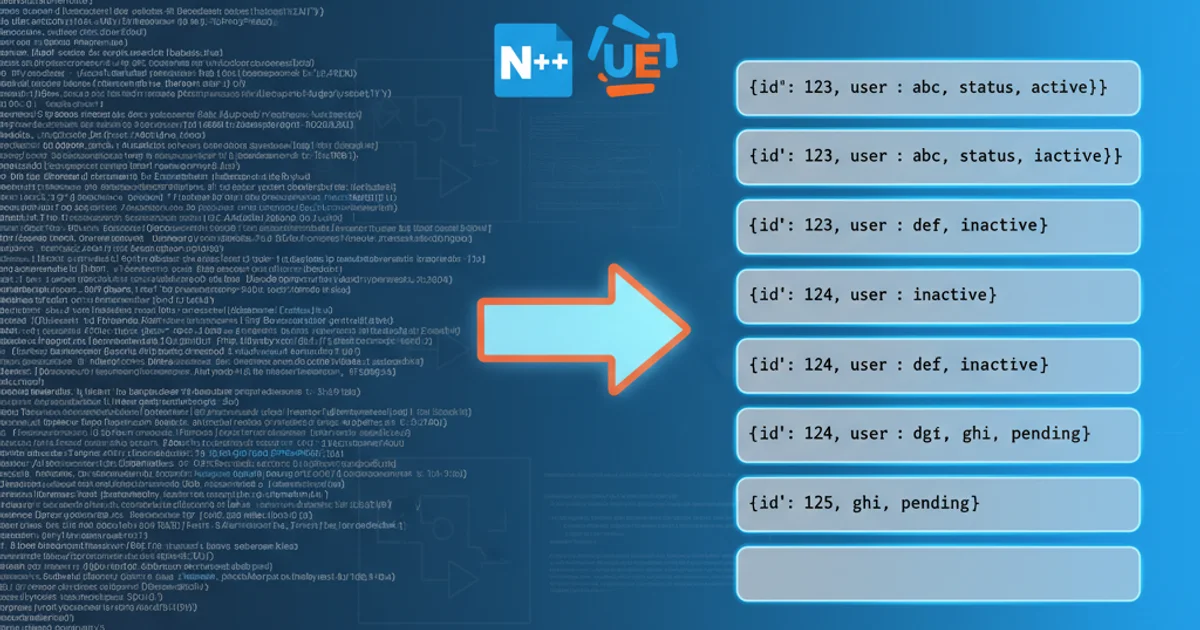branch and checkout using a single command
Categories:
Streamline Your Git Workflow: Branch and Checkout in One Command

Discover how to efficiently create new Git branches and switch to them instantly using a single command, enhancing your development speed and organization.
Git is an indispensable tool for version control, and managing branches is a core part of any development workflow. Often, when starting a new feature or bug fix, developers first create a new branch and then immediately switch to it. This common two-step process can be streamlined into a single, more efficient command. This article will guide you through the git checkout -b command, explain its mechanics, and demonstrate how it simplifies your daily Git operations.
Understanding git checkout -b
The git checkout command is primarily used to switch between branches or restore working tree files. However, with the -b (or --branch) option, its functionality expands significantly. When you use git checkout -b <new-branch-name>, Git performs two actions sequentially:
- Creates a new branch: It creates a new branch with the specified name, pointing to the same commit as your current branch.
- Switches to the new branch: Immediately after creation, it switches your working directory and HEAD pointer to this newly created branch.
This atomic operation saves you from typing two separate commands (git branch <new-branch-name> followed by git checkout <new-branch-name>), reducing potential errors and speeding up your workflow.
flowchart TD
A[Start on 'main' branch] --> B{"git checkout -b 'feature/new-feature'"}
B --> C[Create new branch 'feature/new-feature' from 'main']
C --> D[Switch HEAD to 'feature/new-feature']
D --> E[Now on 'feature/new-feature' branch]
E --> F[Begin development]Workflow of git checkout -b command
git checkout -b feature/my-new-feature
Creating and switching to a new branch named feature/my-new-feature
Creating a Branch from a Specific Commit or Branch
While git checkout -b by default creates a new branch from your current HEAD, you can also specify a different starting point. This is particularly useful if you need to base your new branch on an older commit, another existing branch, or even a remote branch.
To create a new branch from an existing branch (e.g., develop):
git checkout -b feature/login-page develop
This command will create feature/login-page based on the develop branch and then switch to it. If you omit the starting point, it defaults to your current branch. You can also use a specific commit hash as the starting point:
git checkout -b hotfix/critical-bug 0a1b2c3d
This creates hotfix/critical-bug from the commit 0a1b2c3d and switches to it.
git pull) before creating new branches, especially when basing them off existing branches like develop or main, to avoid working on stale code.Practical Applications and Best Practices
Using git checkout -b is a fundamental part of a clean and efficient Git workflow. Here are some practical applications and best practices:
- Feature Development: For every new feature, create a dedicated branch using this command. This isolates your work and prevents conflicts with other ongoing tasks.
- Bug Fixes: When addressing a bug, create a hotfix branch from the stable release branch or the branch where the bug was introduced.
- Experimentation: Need to try out a risky idea? Create an experimental branch without affecting your main development line.
- Naming Conventions: Adopt clear and consistent branch naming conventions (e.g.,
feature/,bugfix/,hotfix/,release/). This improves readability and organization within your repository.
By integrating git checkout -b into your daily routine, you'll find yourself navigating your project's history and contributing new code more confidently and efficiently.
1. Verify Current Branch
Before creating a new branch, it's good practice to know which branch you are currently on. Use git branch or git status.
2. Create and Switch
Execute git checkout -b <your-new-branch-name> to create the branch and switch to it in one go. For example, git checkout -b feature/user-profile.
3. Start Developing
You are now on your new branch. Make your changes, commit them, and push to the remote when ready.
4. Push New Branch (Optional)
If you want to push your new branch to the remote repository, use git push -u origin <your-new-branch-name>. The -u flag sets the upstream branch.